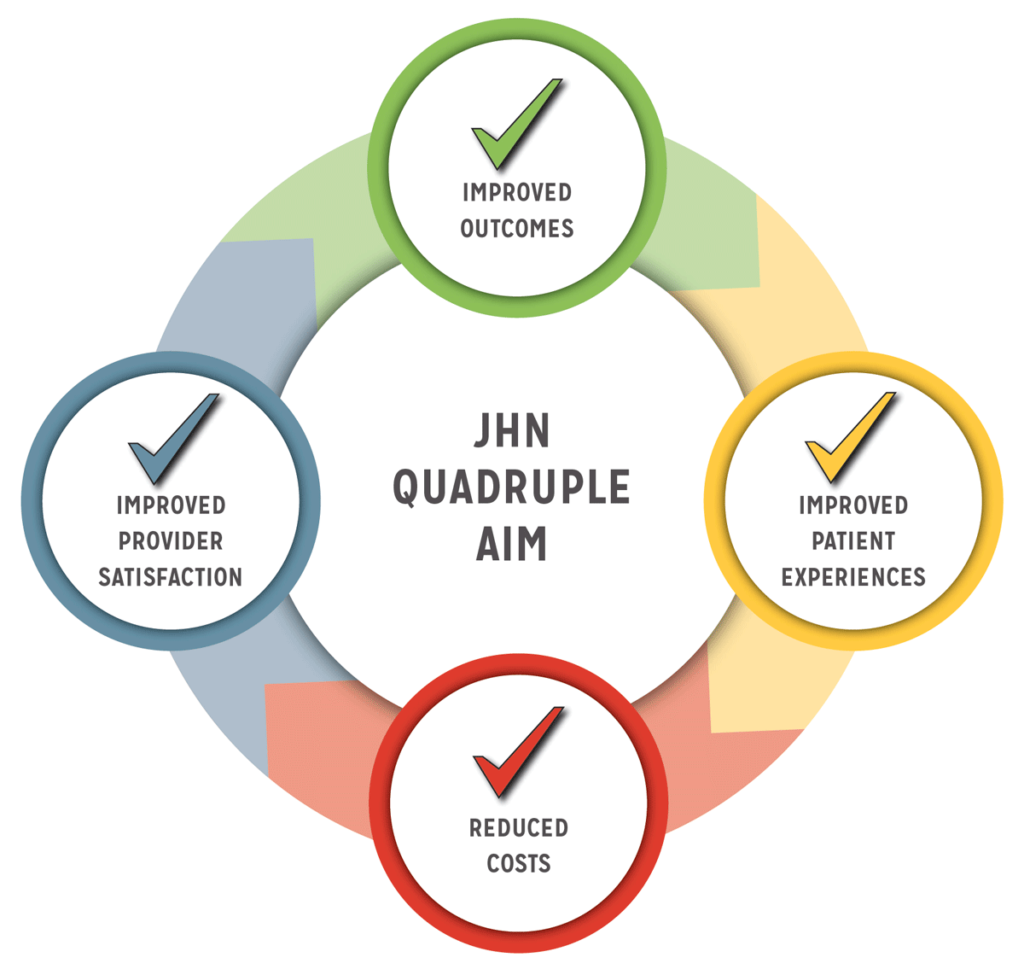
The transition from an environment that rewards volume to one that requires value is a massive shift for the industry. In 2007, the Institute for Healthcare Improvement developed the Triple Aim as a set of goals to guide this transition. The Triple Aim framework prescribes improved quality, reduced costs and enhanced patient satisfaction. A “fourth aim” was added to ensure focus on provider satisfaction as well. This combination of objectives is now referred to as the Quadruple Aim.
The Quadruple Aim is attainable through collaboration, and clinically integrated networks provide an important vehicle for pursuit of this shared goal. A clinically integrated network is a specially designated entity that grants key antitrust exemptions to providers and facilities that work together to achieve outcomes related to cost and quality. Tests of integration include shared governance, participation standards, performance objectives and IT systems for clinical data. Integrated entities can contract collectively on behalf of all their members. By working together, clinically integrated networks reduce waste and variation in care that do not yield better outcomes.